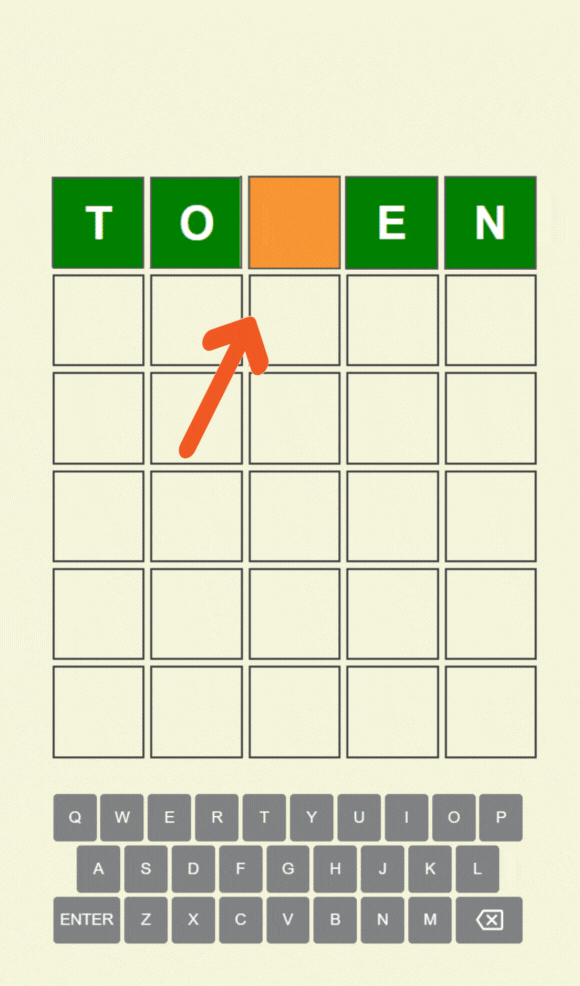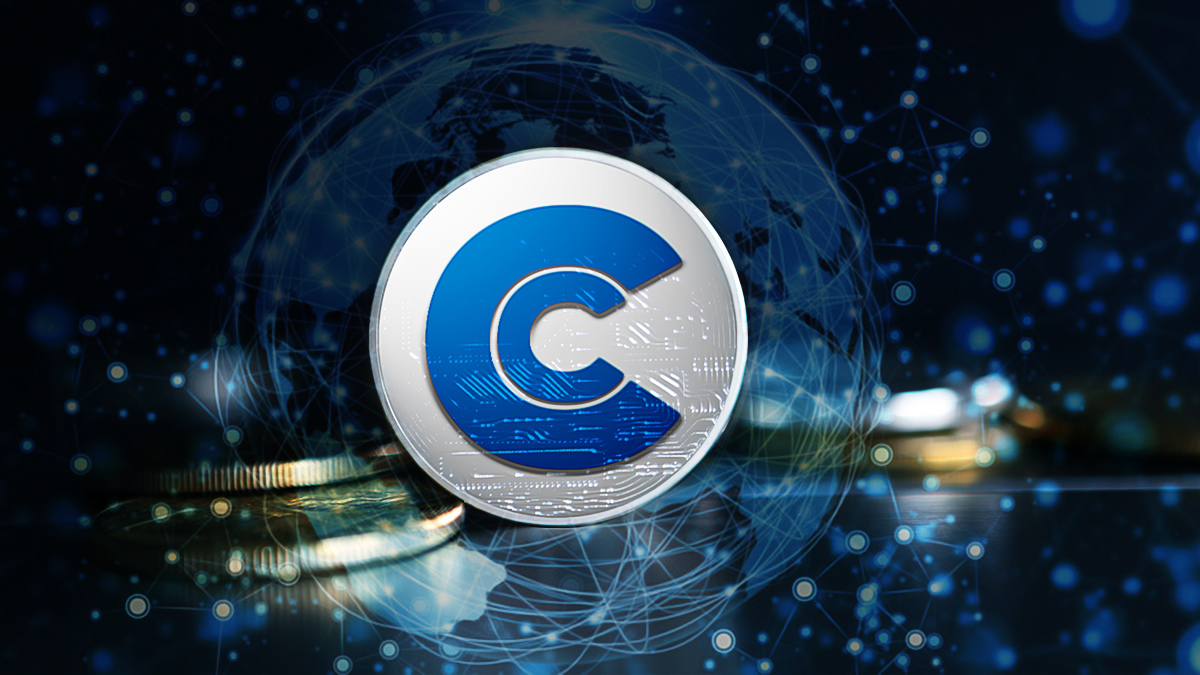Andrew Thurman, a contributor to the Jito Foundation, has proposed a new tokenomic model to optimize the revenue generated by Jito DAO. This proposal aims to develop a sustainable revenue and reward strategy centered around the Jito protocol, which plays a crucial role in the expanding Solana  $164 ecosystem. The suggested model includes options such as “buybacks” and “fee adjustments” to enhance community engagement and support Jito’s growth.
$164 ecosystem. The suggested model includes options such as “buybacks” and “fee adjustments” to enhance community engagement and support Jito’s growth.
“Recycling & Rewards” Strategy
Thurman provided recommendations on how Jito can best utilize its rapidly growing revenue to support ecosystem growth and reward its users. According to Thurman’s “Recycling & rewards” strategy, Jito’s revenues can be reinvested to encourage greater user participation while simultaneously providing rewards to community members.

Thurman highlighted that Jito DAO generates approximately 10 million dollars annually, indicating ongoing discussions on how to use these revenues more efficiently.
Buybacks and Fee Adjustment Options
Two primary options emerge for transferring direct value to protocol participants using Jito’s revenues: buybacks and fee adjustments. Thurman noted that buyback mechanisms are frequently utilized by successful crypto projects and are inspired by the success of buybacks in traditional financial markets. However, he emphasized the need to consider risks for the effective implementation of buybacks.
Additionally, the fee adjustment mechanism presents a method previously discussed by some crypto projects, such as Uniswap, but not yet widely implemented.
Furthermore, Thurman proposed new reinvestment models for Jito DAO to develop broader strategies. The “buyback and barter” model suggests using Jito DAO’s revenues to establish long-term partnerships by trading with another DAO. In the “real yield gauges” model, users can decide which pools to invest DAO’s revenue streams in, potentially helping the value of the JTO coin increase.

 Türkçe
Türkçe Español
Español









